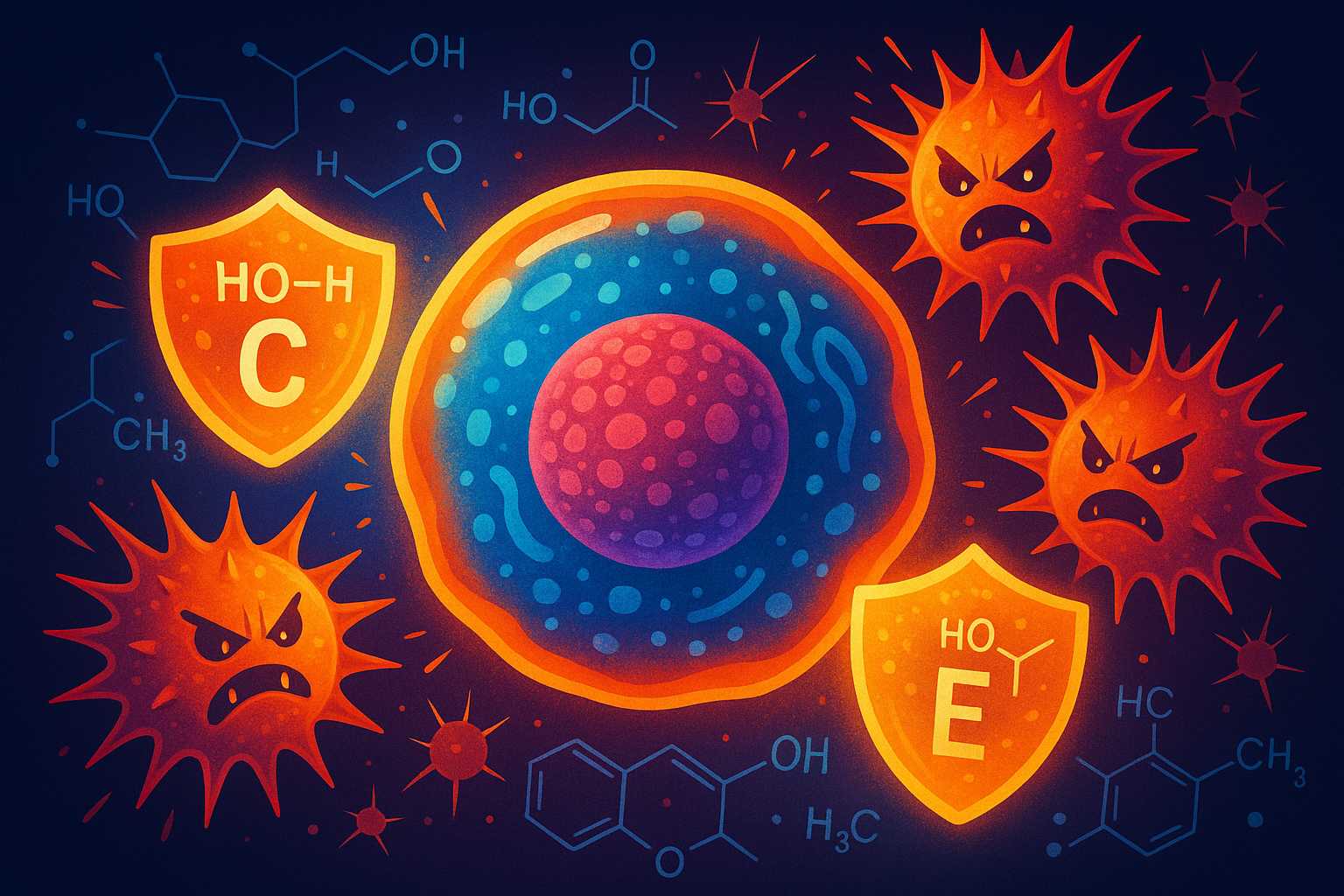As a scientist fascinated by the interplay between biology and chemistry, I’ve always been intrigued by how our cells defend themselves against internal and external threats. One key mechanism in our cellular defense arsenal involves antioxidants. But what exactly are antioxidants, and how do they work at the molecular level?
Reactive Oxygen Species: Friends and Foes
Our cells carry out thousands of chemical reactions every second, many of which produce reactive oxygen species (ROS), such as superoxide and hydrogen peroxide. While ROS play important roles in cell signaling and immune defense, an excess can damage proteins, lipids, and DNA—a process called oxidative stress.
Enter the Antioxidants
Antioxidants are molecules capable of safely interacting with ROS and neutralizing them before they cause harm. Some antioxidants are produced by our bodies (like glutathione), while others are obtained from our diets (like vitamin C and E).
The Chemistry at Work
Antioxidants work primarily by donating an electron to ROS, turning these damaging species into less harmful molecules. Remarkably, antioxidants are stabilized after this donation, so they don’t become free radicals themselves. For example, vitamin E, which resides in cell membranes, catches lipid radicals and stops the chain reaction of lipid peroxidation—a damaging process to cell membranes.
Why Balance Is Key
It’s important to note that ROS aren’t always enemies. They’re involved in critical signaling pathways and even help our immune system fight off pathogens. That’s why our bodies maintain a delicate balance between ROS production and antioxidant defenses.
The Takeaway
The chemistry of antioxidants illustrates a beautiful evolutionary adaptation—molecules designed to protect our cells without interfering with vital processes. Eating a diet rich in fruits, vegetables, and whole grains is a great way to keep your antioxidant defense system robust.
Understanding the underlying chemistry helps us appreciate the complex molecular choreography happening inside us with every breath we take.


Leave a Reply